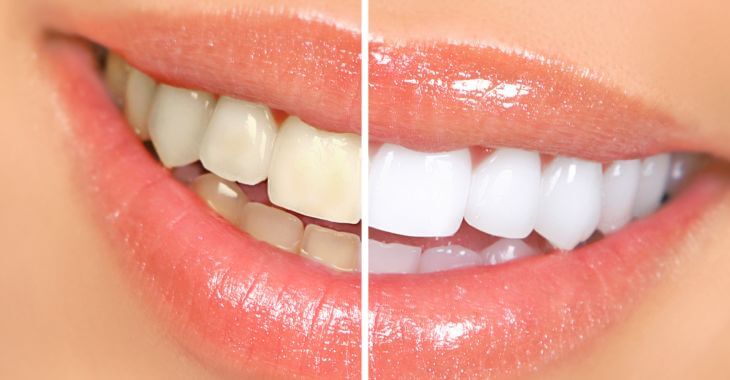Can You Get Dry Socket with Stitches?

Dry socket is a painful condition that can occur after tooth extraction. But what about when stitches are used? Can you get dry socket with stitches, or does the suturing process provide protection? Let’s explore the causes, symptoms, and prevention of dry socket and compare dry socket vs normal healing.
What Is Dry Socket?
Dry socket, or alveolar osteitis, happens when the blood clot that forms in the tooth socket after extraction is dislodged or fails to develop. This clot is crucial for protecting the exposed bone and nerves while the area heals. Without it, pain and delayed healing can occur.
Symptoms of dry socket include intense pain radiating from the extraction site, an empty-looking socket, and a foul odor or bad taste in the mouth. It typically develops a few days after surgery and requires prompt treatment to ease discomfort and prevent infection.
Stitches are often used after extractions to help close the wound and promote healing. But can you get dry socket with stitches? Unfortunately, yes. While stitches can stabilize the area and reduce movement, they don’t guarantee protection against dry socket.
The risk of dry socket with stitches remains because the condition isn’t directly tied to whether the wound is closed. Instead, it’s linked to the displacement or failure of the blood clot that forms in the socket. Certain factors, such as smoking, poor oral hygiene, or aggressive rinsing, can still disrupt the clot.
Even with stitches, dry socket is possible if the underlying clot is disturbed or if healing complications arise. Stitches may reduce the likelihood slightly but are not a foolproof solution.
Dry Socket vs Normal Healing
Understanding dry socket vs normal healing can help identify issues early. Normal healing after extraction involves mild pain, swelling, and the formation of a protective blood clot in the socket. Over time, the clot is replaced by tissue, and the area heals without major discomfort.
In contrast, dry socket disrupts this process. The socket appears empty or exposed, and pain increases significantly instead of subsiding. Dry socket pain often radiates to the jaw or ear, making it distinct from the typical healing process.
If you notice worsening pain or a lack of progress in healing, it may indicate dry socket rather than normal recovery. Regular checkups with your dentist can help ensure the healing process stays on track.
What Increases the Risk of Dry Socket with Stitches?
Several factors can elevate the risk of dry socket, even with stitches. Smoking is one of the most significant contributors, as it can dislodge the clot and hinder healing. Similarly, using straws or engaging in vigorous rinsing can disrupt the clot.
Other risk factors include poor oral hygiene, a history of dry socket, or certain medications that interfere with healing. Even the location of the extraction, such as lower wisdom teeth, may increase the likelihood of dry socket.
Stitches can provide some stability, but avoiding risk factors remains crucial for proper healing. Following your dentist’s post-extraction care instructions is the best way to minimize complications.
How to Prevent Dry Socket with Stitches
While dry socket is a potential complication, there are steps you can take to reduce the risk. After an extraction, it’s essential to avoid smoking, drinking through straws, or rinsing vigorously for at least 24 hours. These actions can disrupt the blood clot, even if stitches are present.
Practice good oral hygiene, but be gentle around the surgical site. Use any prescribed mouthwash or saline solution to keep the area clean without disturbing the stitches or clot. Soft foods and plenty of rest can also promote recovery.
Staying hydrated and following a nutritious diet helps support the healing process. If you experience unusual pain or other symptoms, contact your dentist promptly to address any concerns.
When to Seek Medical Attention
If you suspect dry socket despite having stitches, don’t hesitate to contact your dentist. Signs to watch for include severe pain that doesn’t improve, a visible empty socket, or a bad taste or smell in your mouth. Early treatment can prevent further complications and speed up recovery.
Your dentist may recommend cleaning the socket, applying a medicated dressing, or prescribing pain relief. These measures can reduce discomfort and encourage proper healing. Regular follow-up visits are also helpful to monitor your progress.
Final Thoughts About Dry Socket with Stitches
Can you get dry socket with stitches? Unfortunately, yes. While stitches may aid in healing and provide stability, they don’t eliminate the risk of this painful condition. Understanding dry socket vs normal healing is key to recognizing symptoms and taking action if needed.

Preventing dry socket requires careful attention to post-extraction care, such as avoiding smoking, practicing gentle hygiene, and following your dentist’s instructions. By minimizing risks and seeking prompt treatment for any concerns, you can ensure a smoother recovery process.
Dry socket may be an unwelcome possibility, but with proper care and vigilance, you can reduce its likelihood and focus on healing effectively.
The information provided on this website, including text, graphics, images, and other materials, is intended solely for informational purposes and should not be used as a substitute for professional medical advice, diagnosis, or treatment.




)